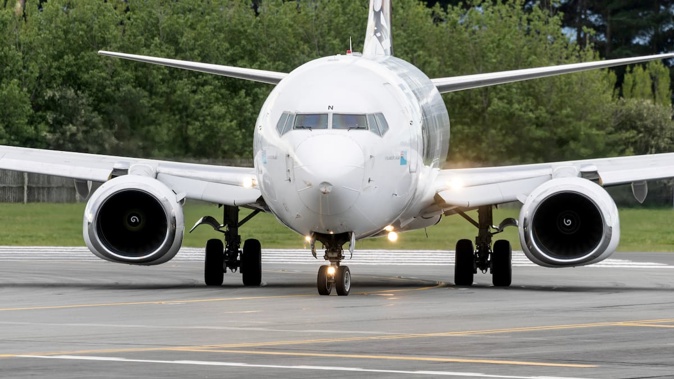
Images show the damage to a Fiji Airways flight after it landed following a bird strike which sparked a full emergency at Christchurch Airport this afternoon.
Fire & Emergency NZ, ambulance, police and airport staff were on standby for the flight, which was forced to circle the city.
The emergency involved Fiji Airways flight FJ450, which took off from Christchurch, bound for Nadi.
The Boeing 737-808 was the most tracked flight in the world on Flightradar24.
Flight maps showed the plane circling over Canterbury, around the Lake Ellesmere area.
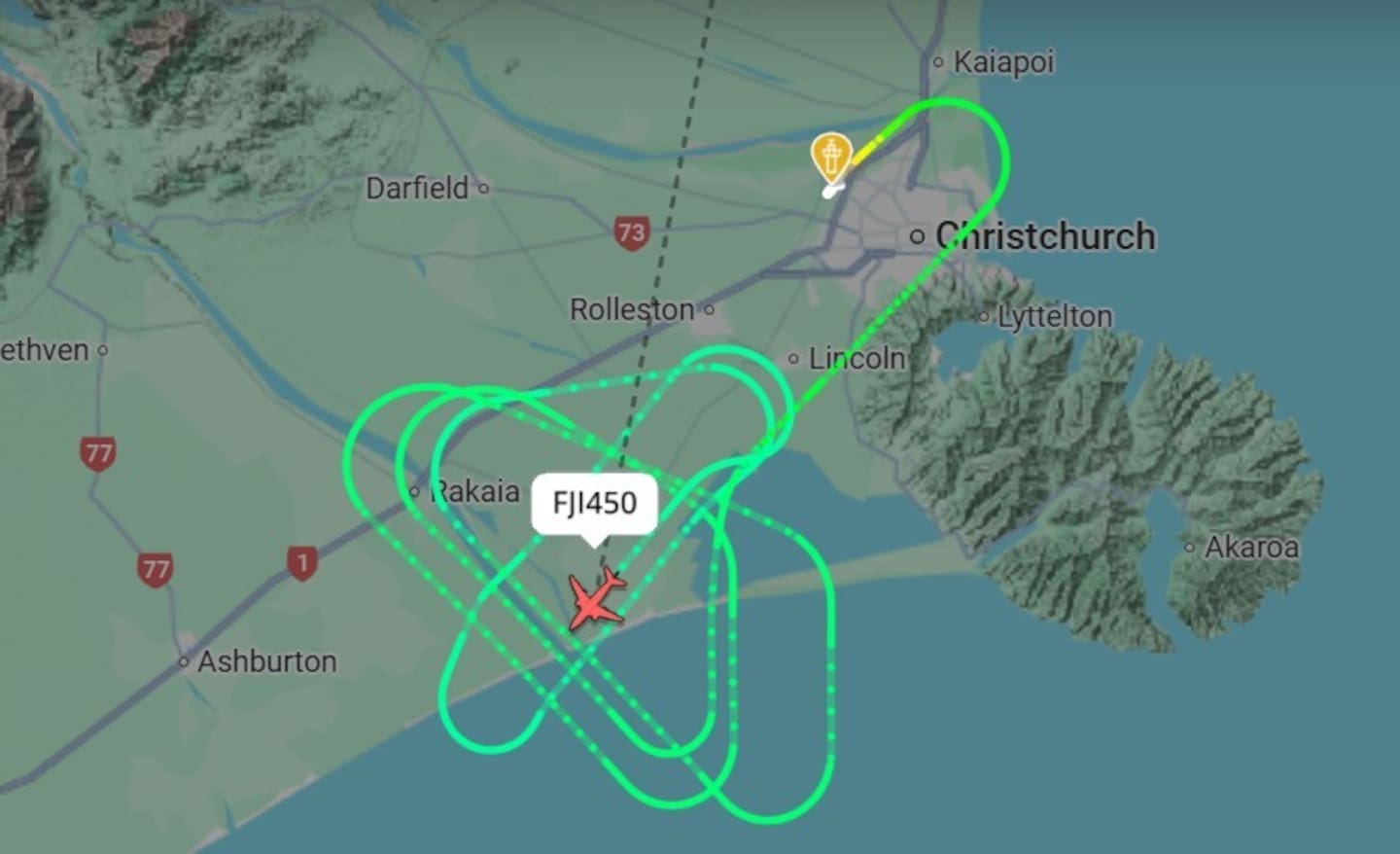
Flight maps showed the Fiji Airways plane circling the city. Image / Flightradar24
Fiji Airways said the plane experienced a bird strike shortly after departure and held in the air to burn fuel until it reached the required landing weight.
“All guests and crew are safe,” a spokesperson said.
“Our engineering team will now carry out the necessary inspections and maintenance checks on the aircraft.
“Our reservations and customer care teams are assisting affected guests with new travel arrangements and onward connections.”
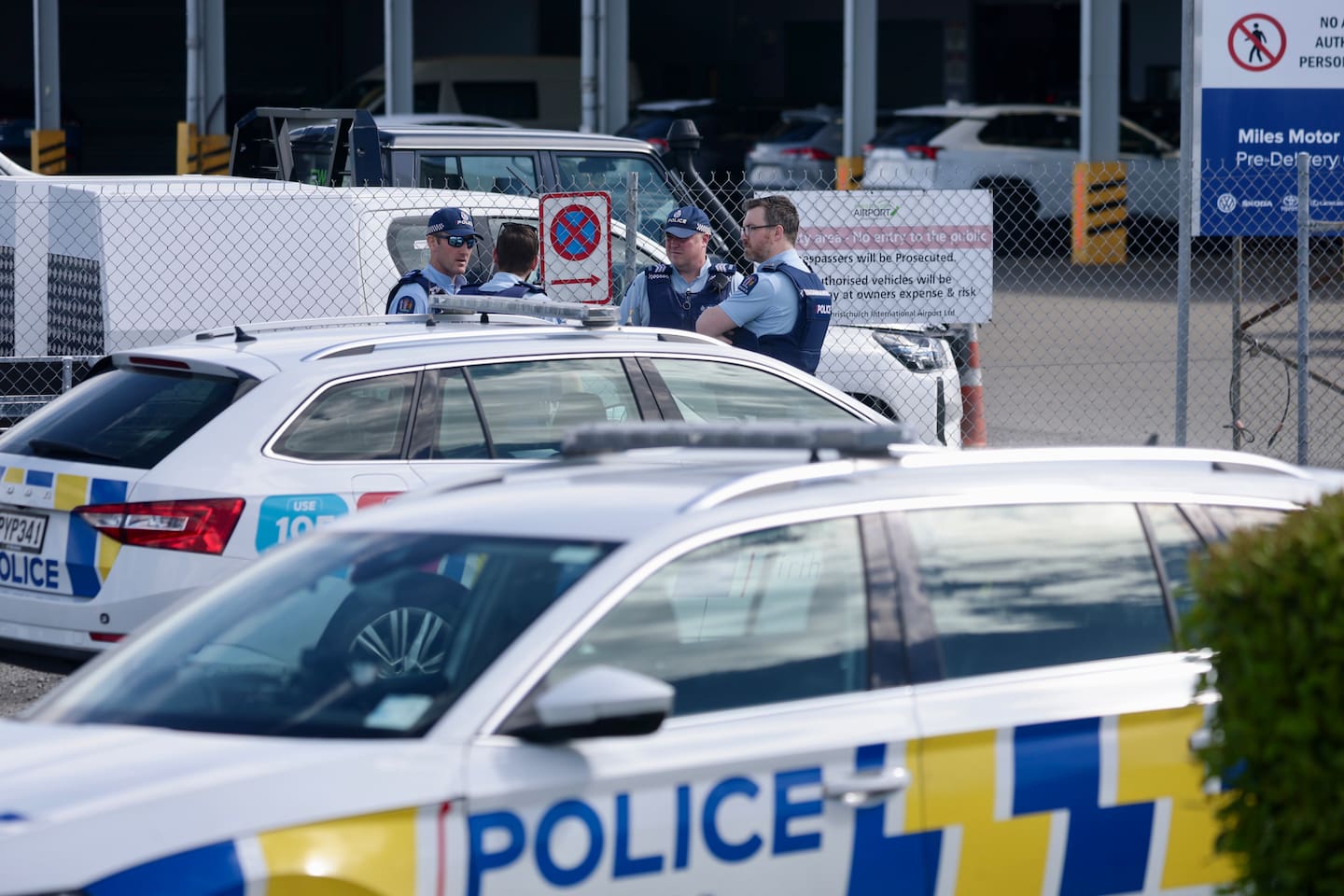
Christchurch International Airport was under full emergency before the flight landed. Photo / George Heard
Fire & Emergency said four fire engines and a command unit were standing by, waiting for it to land.
A livestream of the airport subsequently showed the flight landing safely.
Images showed the plane’s nose cone caved in, and blood on the sides.
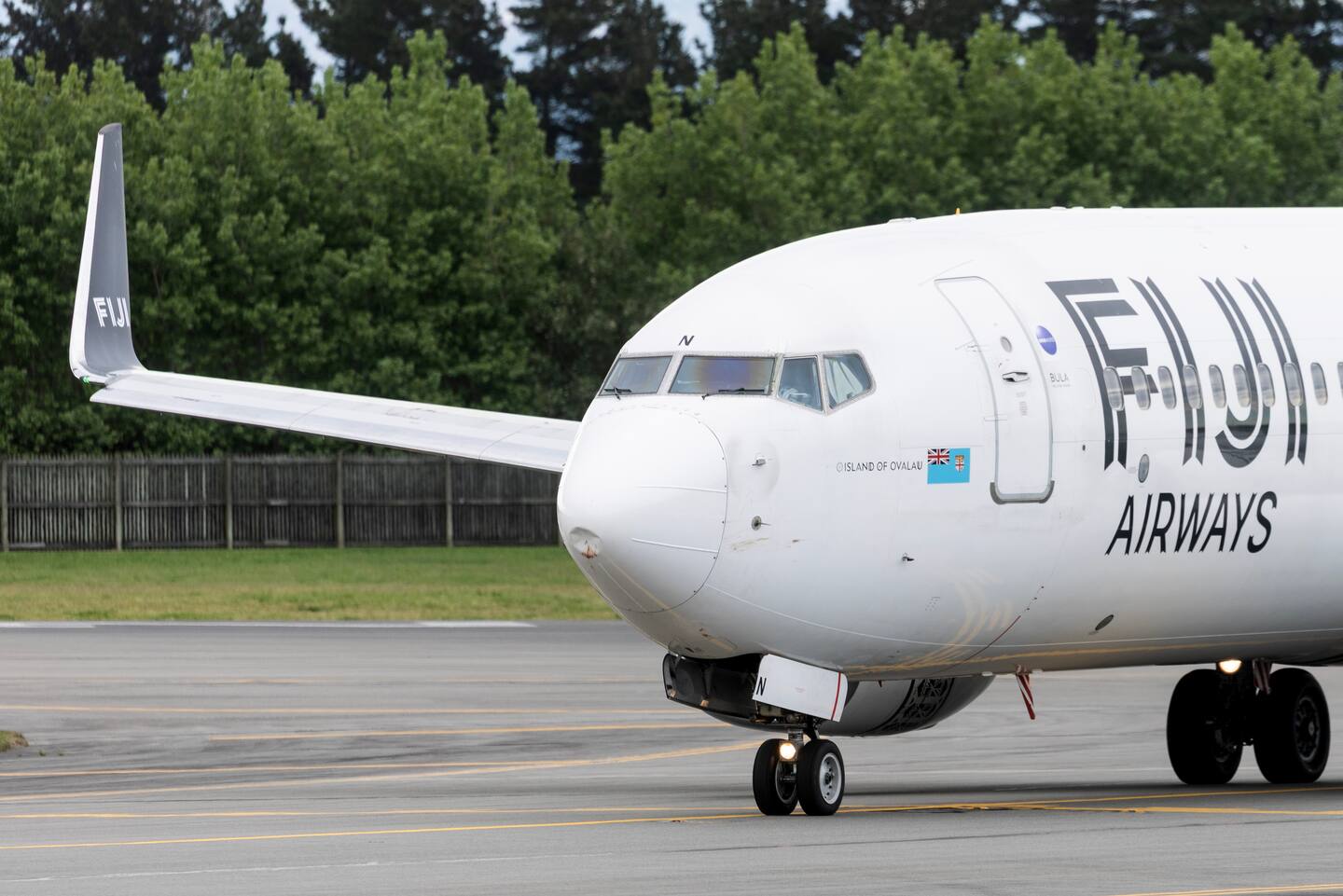
The aircraft's nosecone was damaged by the bird strike. Image / George Heard
Police say they were notified of “an incident at Christchurch Airport” about 2.30pm, and officers are in attendance.
Fiji Airways apologised for the inconvenience and thanked its guests for their patience.
“Safety remains our highest priority,” the spokesperson added.
The Civil Aviation Authority (CAA) said it was aware of an incident involving a Fiji Airways aircraft.
“Initial information indicates the aircraft encountered a substantial flock of birds shortly after take-off. The aircraft has remained in controlled flight,” it said.
“Bird strikes are a known aviation hazard, and flight crew are trained and equipped to manage them safely.
“The airline and airport are following established safety procedures, and CAA will be liaising with them to understand the circumstances and confirm any required follow-up.”
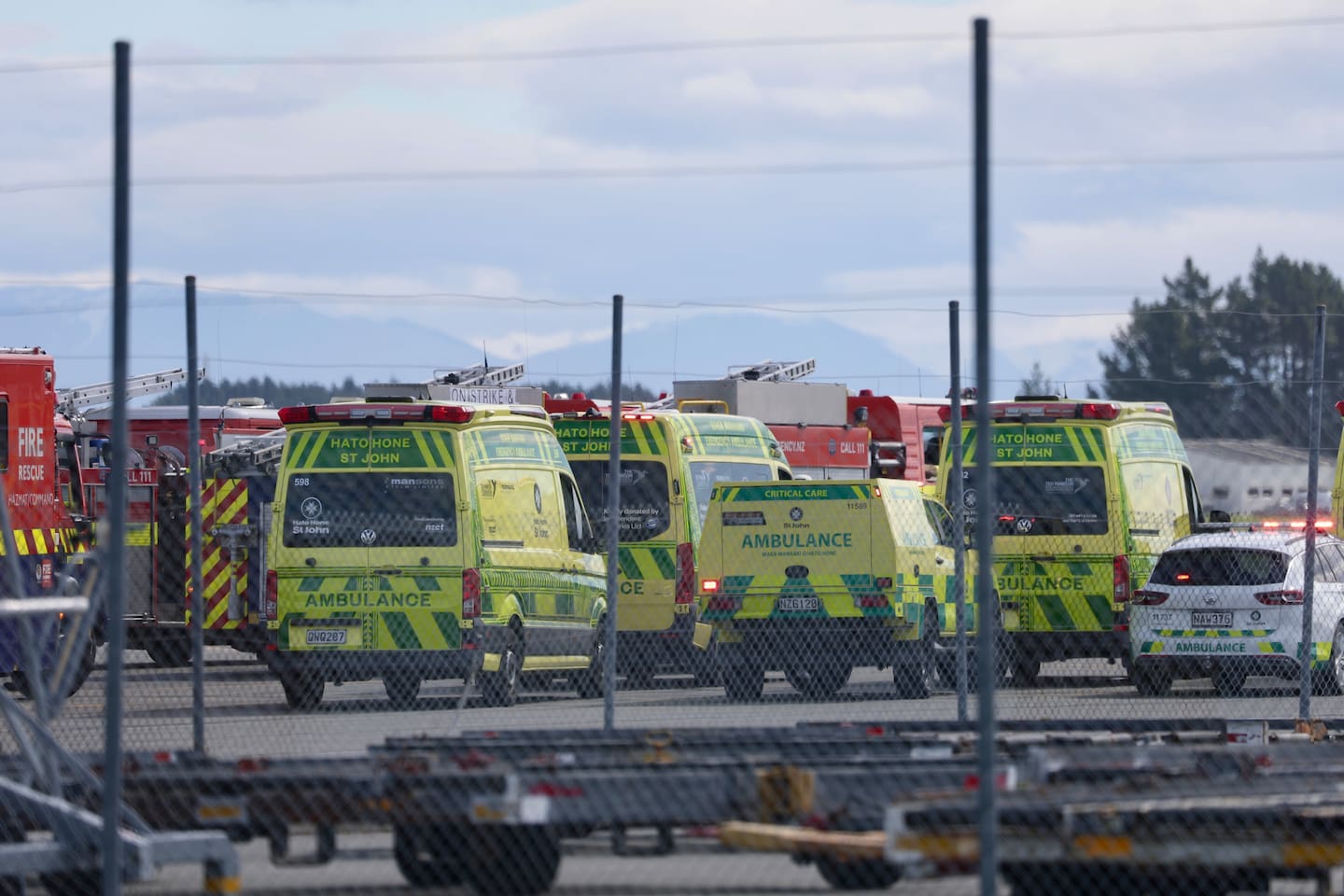
Emergency crews on standby at Christchurch International Airport. Photo / George Heard
The aircraft has a total capacity of 170, with eight in business class and 162 in economy.
It has two high-bypass turbofan engines and a range typically of about 5400km.
Its engines are CFM-56, made by CFM, a joint company between GE Aerospace and France’s Safran Aircraft Engines.
The 737-800 does not have the ability to dump fuel. So if the aircraft needs to lose weight, the pilot will fly it in circles.
Take your Radio, Podcasts and Music with you









